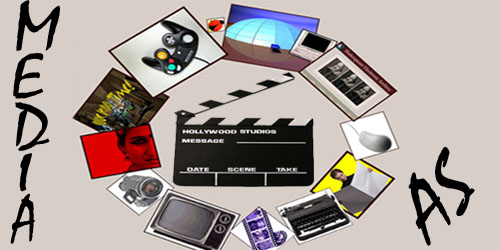We have looked into seven's opening title sequence before and have found that a code and convention in many crime films title sequences they never seem to show the lead role. This is an aspect we would like to incorporate in to our title sequence. As all the way throughout seven's title sequence we see the lead role writing, and scribbling. He's crossing out faces and looking into certain texts and this sort of in depth studying is an apparent convention in many other crime films. We would like to also incorporate this into our own title sequence, as we want our investigator to be studying texts and looking in to particular cases. Another code and convention found from seven is that of a tense atmosphere and a mysterious aroma. As the lead role is still not unmasked by the end of it, this code and convention appears in many other crime films as they like to make audiences feel insecure about what is going on. We can compare this greatly to another opening title sequence we found from the movie "The Departed". As this shows there lead role looming amongst shadows which for audiences is very eerie and unnerving.
The Departed opening title sequence
Click Here for "How to Kill a Mockingbird" Opening Title Sequence
In the title sequence for "How to kill a mockingbird" the codes and conventions that we have found are that it also contains elements of mystery as we only see a characters hands. Following the charcter throughout their journey of writing and looking for things, gives the title sequence the codes and conventions of making its audiences feel insecure about their current situation.







 The infernal affair and the departed are the chosen films that we will study in aid to help us with our title sequence. Both films are within the crime genre.
The infernal affair and the departed are the chosen films that we will study in aid to help us with our title sequence. Both films are within the crime genre.